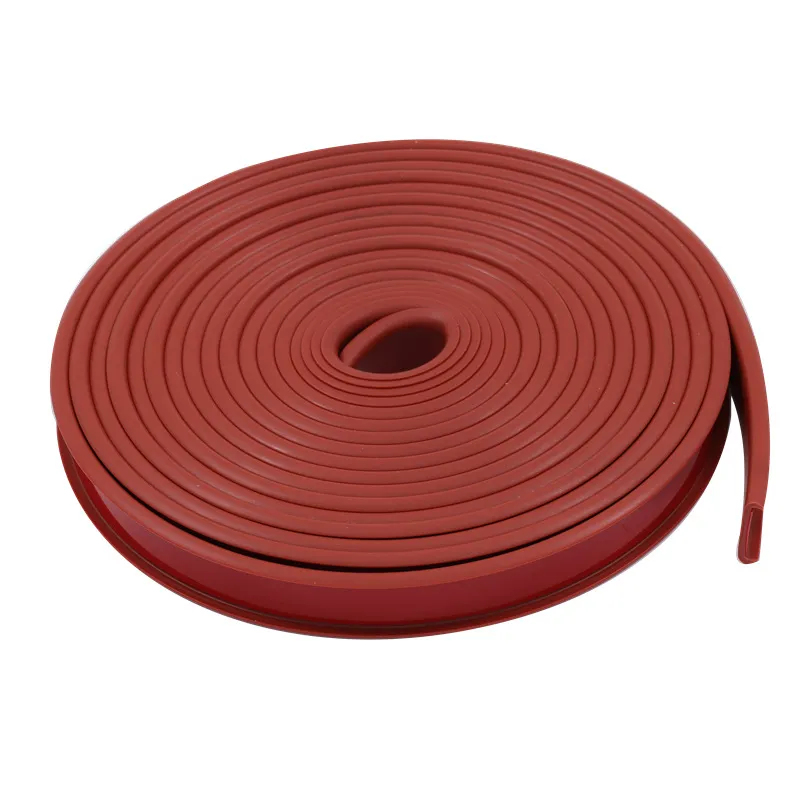Different Types of Garage Door Seals for Optimal Insulation and Protection
Understanding Garage Door Seal Types Protecting Your Home
When it comes to maintaining a comfortable, secure, and energy-efficient home, one often-overlooked element is your garage door seal. Although small and relatively inexpensive, the right garage door seal can protect your garage and the spaces connected to it from various external elements, such as weather conditions, pests, and dirt. In this article, we will explore different types of garage door seals, their benefits, and how to choose the right one for your needs.
Why Garage Door Seals Matter
Garage door seals are designed to close gaps between the garage door and the ground, as well as between the panels of the door itself. Their primary function is to prevent water, air, and debris from entering your garage. This is particularly important in areas with extreme weather conditions, as improper sealing can lead to moisture accumulation, which may result in mold and mildew growth.
Furthermore, well-sealed garages provide better insulation, keeping your space warmer in the winter and cooler in the summer. This not only enhances the comfort of the space but can also lead to lower energy bills. Additionally, a good seal can deter pests such as rodents and insects from infiltrating your garage, protecting your stored items and equipment.
Types of Garage Door Seals
1. Bottom Seals The bottom seal is one of the most critical components of a garage door sealing system. It attaches to the bottom edge of the garage door and rests against the garage floor. Typically made from rubber or vinyl, bottom seals come in various styles, including
- T-type seals These seals have a T shape and are effective in preventing water and drafts from entering. They create a tight seal against the garage floor. - F-type seals Similar in function to T-type seals, F-type seals have a slightly different profile and are usually used for heavier or commercial garage doors. Bottom seals are essential for anyone living in areas prone to flooding or heavy rain.
2. Side Seals (Weather Stripping) Side seals run along the vertical edges of the garage door, preventing air and moisture from seeping in. They come in various materials, including rubber, vinyl, or foam. Weather stripping helps keep the temperature regulated inside the garage and protects against pests.
garage door seal types

3. Top Seals Often overlooked, top seals are crucial for preventing rain and snow from entering through the top of the garage door. These seals are usually made of durable materials and may use various designs, such as brush-type seals or more rigid sealed models that fit snugly against the door frame.
4. Panel Seals Garage doors with multiple panels often require panel seals to prevent air from escaping between the panels. These seals can be made of foam or rubber and work to maintain the structural integrity of the door while enhancing insulation.
Choosing the Right Garage Door Seal
When selecting a garage door seal, consider the following factors
- Climate Determine the climate in your area. If you live in a particularly wet or humid environment, opt for seals specifically designed to resist moisture. - Garage Usage The function of your garage—whether for parking vehicles, storage, or a workshop—will influence the type of seal you need. A workshop may require more robust sealing than a standard household garage.
- Material Look for high-quality materials that offer durability and resistance to wear and tear. Rubber seals typically have a longer lifespan than foam seals.
- Installation Some seals are easier to install than others. If you're a DIY enthusiast, you might prefer a seal that comes with easy-to-follow instructions. Professional installation may be necessary for more complex seals.
Conclusion
Choosing the correct type of garage door seal can significantly affect your home’s energy efficiency, comfort, and overall safety. With various options available, you can select seals tailored to your specific needs and climatic conditions. Investing in high-quality garage door seals not only protects your garage but also contributes to the longevity of your garage door itself, making it a worthwhile consideration in any home maintenance routine. Whether you opt for bottom seals, side seals, top seals, or panel seals, ensuring your garage door is adequately sealed is a step towards a more efficient and secure household.
-
Under Door Draught Stopper: Essential ProtectionNewsJul.31,2025
-
Garage Door Seal and Weatherstrips for ProtectionNewsJul.31,2025
-
Edge Banding Tape for Perfect EdgesNewsJul.31,2025
-
Table Corner Guards and Wall Corner ProtectorsNewsJul.31,2025
-
Stair Nose Edging Trim and Tile Stair SolutionsNewsJul.31,2025
-
Truck Bed Rubber Mats for Pickup BedsNewsJul.31,2025
-
Window Weather Stripping for Noise ReductionNewsJul.29,2025